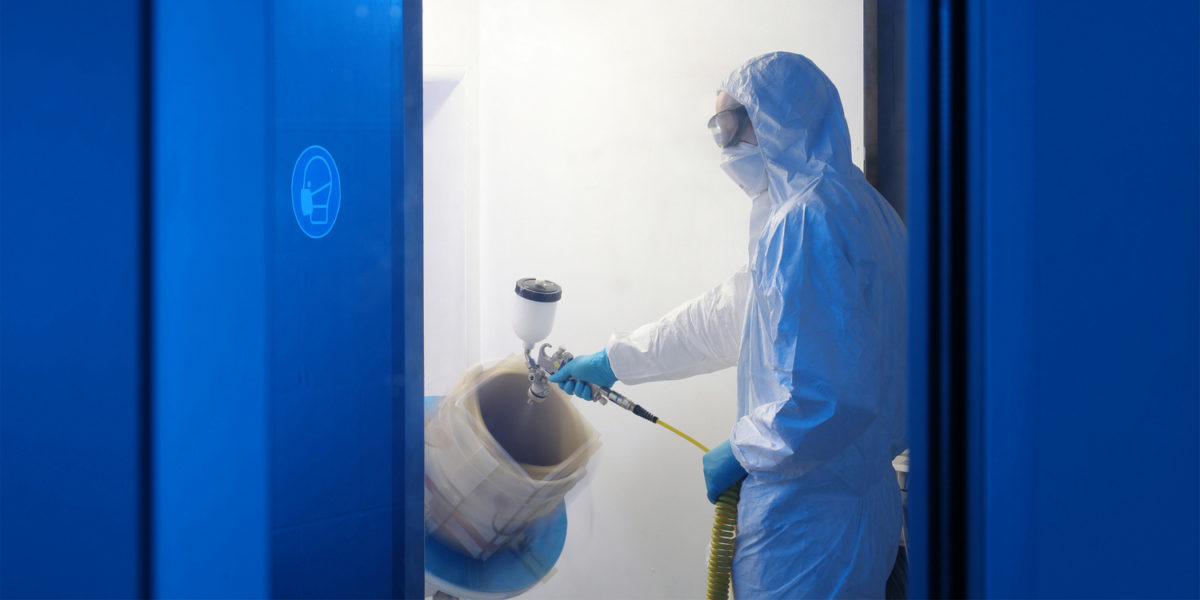From pv magazine Germany.
Why do metallic impurities materialize during the production of multicrystalline silicon blocks?
Scientists from research body the Fraunhofer Institute for Integrated Systems and Device Technology, polysilicon maker Wacker Chemie and chemical company Alzchem are examining the issue in the government-funded SYNERGIE research project. With the help of a numerical simulation model, the researchers identified impurities and their sources and gained insights into the mechanisms by which metal atoms penetrate crystals during manufacturing. The results of the project could enable direct predictions of the extent to which the purity of auxiliary materials used in production – the crucible and its coating plus the silicon raw material – will affect the electrical quality of silicon wafers.
To produce silicon crystals, the raw material is melted in a quartz crucible and cooled. During solidification of the solution, a silicon crystal with defined electrical properties is formed. The quartz crucible is coated with a high-purity silicon nitride powder-based material which acts as a separation layer to prevent the silicon sticking to the crucible, which would lead to cracking as it cools.
The researchers identified the crucible and coating system as the largest source of metallic impurities in the silicon crystals. During crystallization, metal atoms are continuously introduced into the liquid and solid silicon. In the silicon crystal, they create defects to the extent crystal edges can be so heavily contaminated they have to be removed.
To recognize more precisely which metals were present in the silicon crystal, their concentration and source; scientists at the Fraunhofer-Institut für Integrierte Systeme und Bauelementetechnologie (IISB) developed a testing technique which involved silicon cubes being placed on a base of crucible and coating materials and being exposed to a temperature just below the 1,412 degrees Celsius melting point of silicon for a specific time. Subsequent chemical analysis revealed which metals had penetrated the crystal.
Popular content
The tests indicated concentrations of iron, chromium and cobalt sufficient to degrade performance in solar cells made from the silicon crystal with the problematic metals not detectable later on in the production process.
The Fraunhofer researchers developed a numerical simulation model for calculating the distribution of undesired metals in silicon crystal. The model takes into account the degree of contamination of the crucible, silicon nitride coating and silicon raw material as well as parameters for process control. The results clearly showed increased purity in such auxiliary materials significantly reduced metal contamination. With such high-purity crucibles deemed impractical, it was suggested barrier layers between crucible and coating could protect the crystals.
The SYNERGIE project findings could enable manufacturers to more accurately predict the purity of their silicon crystals, with quality dependent on the auxiliary materials used, and would offer the chance of improving the product cost effectively.
The ‘synergetic further development of supplier products to reduce production costs and increase the material quality of crystalline silicon blocks in photovoltaics’ (SYNERGIE) project was funded by German economics and energy ministry the Bundesministerium für Wirtschaft und Energie.
This content is protected by copyright and may not be reused. If you want to cooperate with us and would like to reuse some of our content, please contact: editors@pv-magazine.com.


By submitting this form you agree to pv magazine using your data for the purposes of publishing your comment.
Your personal data will only be disclosed or otherwise transmitted to third parties for the purposes of spam filtering or if this is necessary for technical maintenance of the website. Any other transfer to third parties will not take place unless this is justified on the basis of applicable data protection regulations or if pv magazine is legally obliged to do so.
You may revoke this consent at any time with effect for the future, in which case your personal data will be deleted immediately. Otherwise, your data will be deleted if pv magazine has processed your request or the purpose of data storage is fulfilled.
Further information on data privacy can be found in our Data Protection Policy.